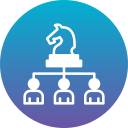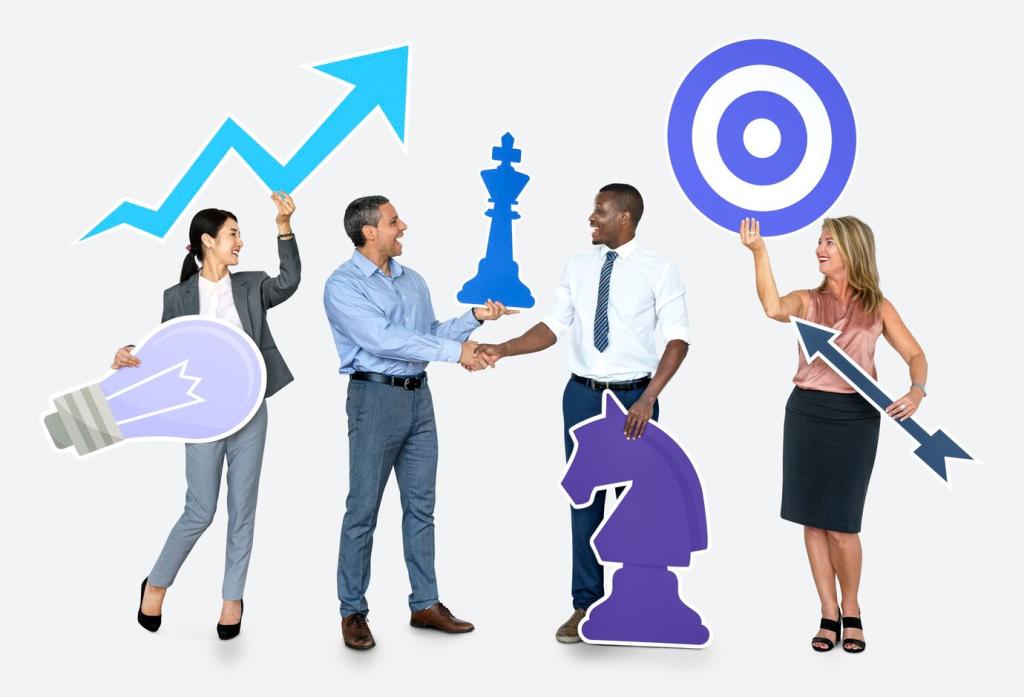A Leadership Story: The Three-Day Supply Chain Pivot
A mid-market retailer lost a critical port overnight and faced seven-figure exposure. Rather than freeze, the CEO paused the room, reframed the problem as a constraints puzzle, and listed what remained within control for the next seventy-two hours.
A Leadership Story: The Three-Day Supply Chain Pivot
They mapped options using best case, base case, and worst case, then ran rapid vendor war games. OODA cycles every six hours surfaced a non-obvious rail route. A dissent checkpoint caught a risky assumption before it became a costly mistake.









